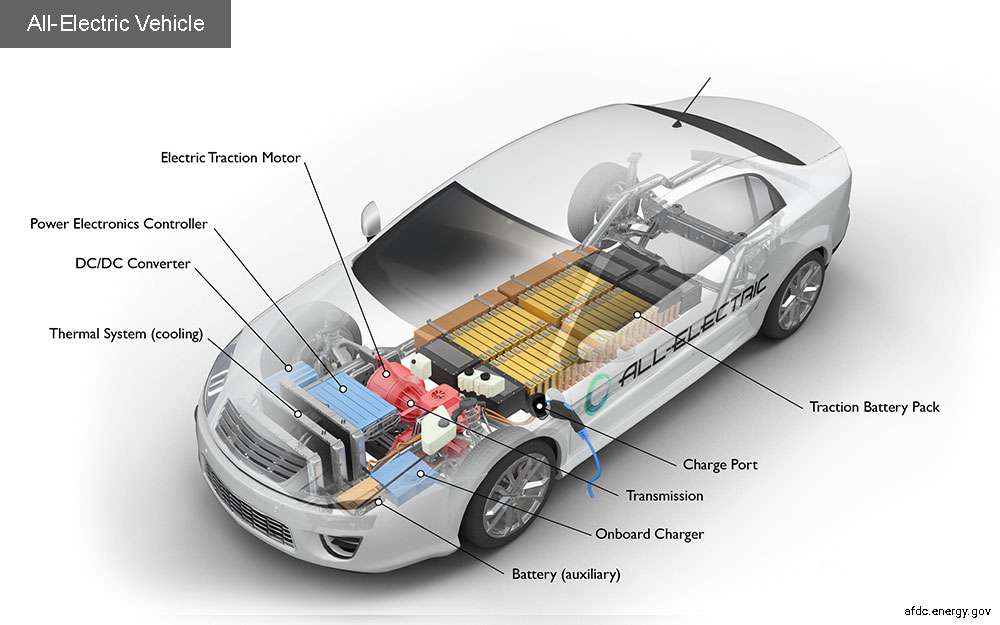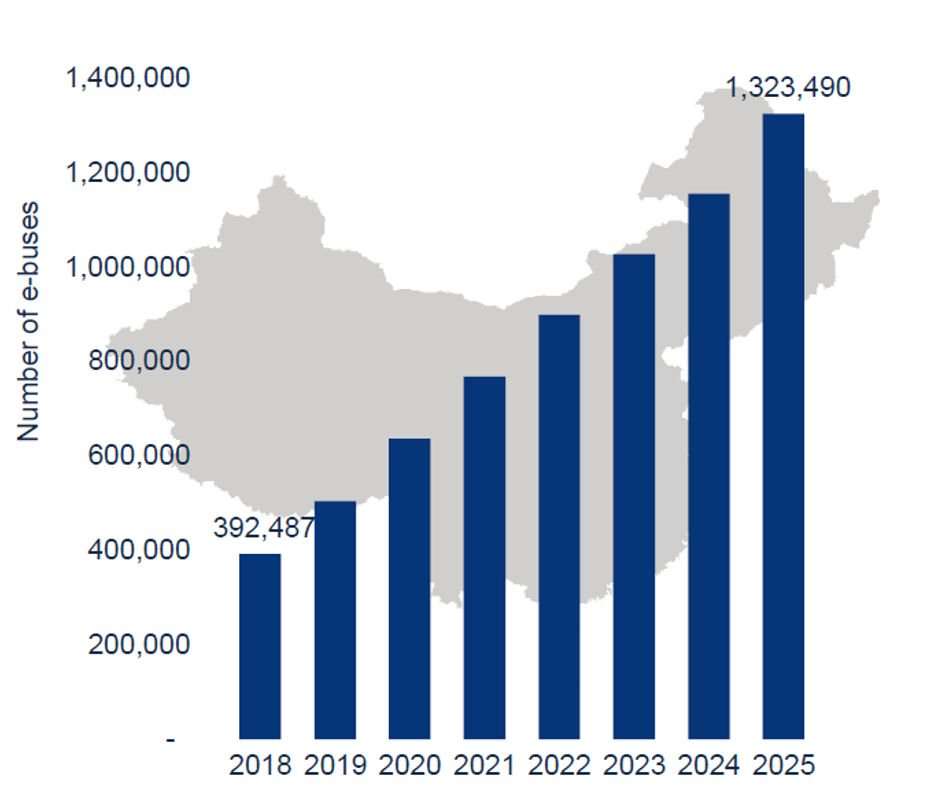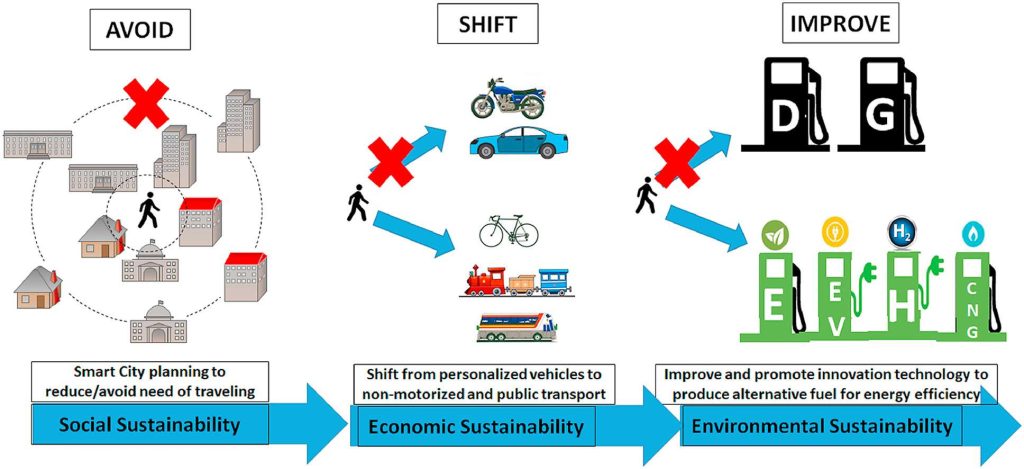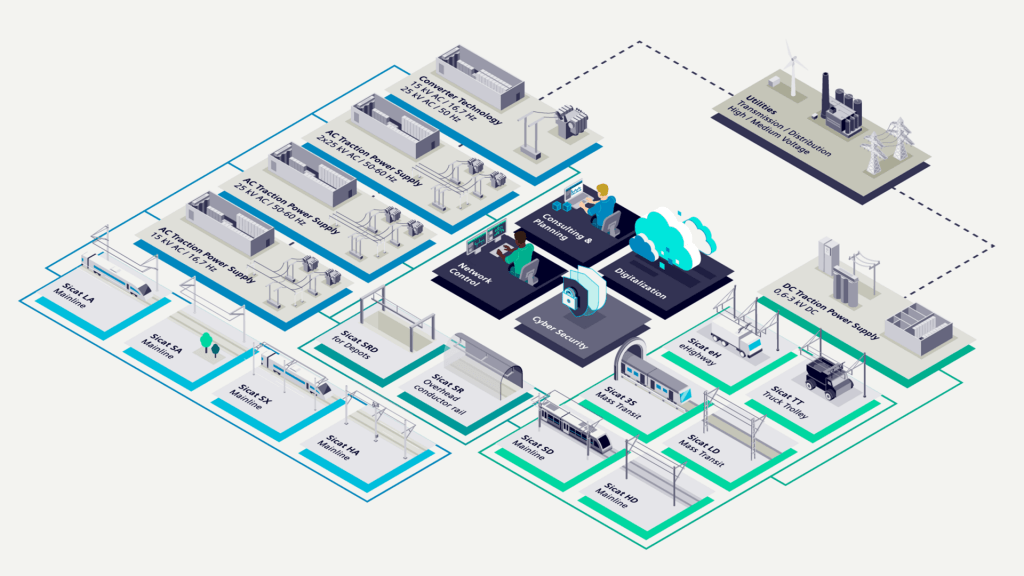With the widespread uptake of electric vehicles (EV’s), what’s next for sustainability in transport infrastructure? We look at the adoption of new, large-scale technologies that are transforming cities and movement.
The Electrification of Transport
Battery electric vehicles (BEVs) have emerged as the replacement for internal combustion engines (ICE). However, reducing emissions on a scale necessary to meet global Sustainability Development Goals (SDG’s) will require more than just replacing conventional engines with BEVs.
Transport is responsible for about a quarter of global emissions. Many countries are prioritising EV’s for private vehicles, small freight, and public transportation. Of course, some are doing better than others. Norway, for example, prioritised incentives and infrastructure in the 1990’s and is now far ahead. In 2021, 86% of new vehicles sold in Norway were plug-in electric vehicles (whether phEV or BEV).

Public transport is only a small proportion of total carbon emissions. Nevertheless, the electrification of public fleets, especially bus services, is happening fast.
China is by far the leader in terms of electric bus services. To date, the country has more than 421,000 ebuses in its cities. Public EV’s circulate at a rate of 9,500 every 5 weeks.
In 2018, 99% of ebuses in the world were located in China. This meant a reduction in diesel fuel demand of more than 270,000 barrels by the end of 2019.

Also, in Europe, ebus registrations increased 48% between 2020 and 2021. Some 3,282 e-buses were delivered last year. That brings the number of ebuses registered on the continent to over 8,500 since 2012.
Further, as many as three European countries registered over 500 e-buses for the first time in 2021. Germany lead the shortlist with 555 units, followed by the UK (540), and France (512).
Sustainability in Infrastructure and the Electricity Grid
The global electricity sector is a major source of carbon emissions. According to the International Energy Agency (IEA), coal-fired electricity generation alone accounted for 30% of global CO₂ emissions in 2018. Transitioning to an emissions-free power grid would slash global carbon emissions by perhaps more than any other sector.
Renewable and emission-free power generation is increasingly more efficient and cheaper. Wind and solar power, in particular, have became much cheaper over the last 20 years. They are now cost-competitive with natural gas generation in many places. As a result, sustainability in infrastructure means switching to renewables as soon as possible.
In addition, the batteries, motors and electronics in BEV’s need very little maintenance. There are far fewer top-up fluids and moving parts than the internal combustion (ICE) engine.
- BUT significant investment in charging infrastructure is essential. European experience shows that around 85% of chargers will need to be residential, 6% located at the workplace, 4% on public highway corridors, and 5% at destinations like shopping malls and carparks.
- AND overall conversion to non fossil fuel power is vital to achieve the broader goal of cutting national and global emissions. EV’s reduce pollution and noise, as well as carbon emissions to an extent. However, meeting net zero will mean a radical rethink of base load power generation.
That kind of investment requires concerted political action at a national and international level.
The Challenge of Heavy Transport and Sustainability in Infrastructure
Currently, low carbon transport solutions for Heavy Duty Vehicles (HDV’s) pose a major challenge. This is because the size of batteries for EVs of this size makes electrification uneconomic. However, research indicates that hydrogen power, or hydrogen powered fuel cells, will play a big part in the freight industry going forward.
Nevertheless, a transition in the international freight industry is going to require significant private and public investment.

Public policy has a central role to play, because the public sector is a major investor in infrastructure, and because public policy influences the actions of private investors and consumers.
Soundness, clarity, and credibility in policy frameworks is especially important for infrastructure investment. This is due to its longevity, utility, associated externalities, and its influence on economic activity.
Electrifying Rail Infrastructure
Unlike road freight, rail transport requires a complete overhaul of its infrastructure.
This is because existing freight train lines would need to be completely electrified. With the exception of countries like Switzerland, which chose to electrify their rail network during WW1, installing the necessary overhead wires (catenaries) could now cost nearly $US 5 million per mile.
The Association of American Railroads (AAR) argues that freight rail should instead focus on alternative fuel sources like biofuels, hydrogen fuel cells, and zero-emissions battery cells to power locomotives.

The Shipping Industry, and Watercraft
Worldwide, maritime transport is responsible for almost 2.5 percent of total greenhouse gas emissions. According to the International Maritime Organization, it produces one billion tons of CO2 each year.
The United Nations Conference on Trade and Development says that ships transport about 80 percent of the world’s commodities. Further, all container and cruise ships, oil tankers, and cargo vessels run on heavy diesel oil. In fact, one large ship emits as much CO2 as 70,000 cars.
The Sustainable Development Goals (SDG’s) agreed to by the 173 member states of the UN require that we at least halve CO2 emissions from ships compared to 2008 levels. Ships with electric or hybrid drive systems could make an enormous difference.
- Ships could install catalytic converters, similar to cars. These remove harmful nitrogen oxides and filter particulate matter. Alternatively, marine diesel provides a better option to the very dirty oil currently in use. Marine diesel is expensive but contains much less Sulphur.
- For inland shipping, there are environmentally friendly alternatives to oil. In fact, the Norwegian government wants to ban ‘dirty ships’ from its fjords entirely. Instead, it would encourage environmentally friendly, electric powered boats. Fortunately, electricity is much cheaper than oil or marine diesel. So, the future for electric and hybrid shipping looks bright.
What about Electric Planes?
Today, jet engines are one of the most powerful engines on earth. Nevertheless, they are incredibly harmful to the environment.
Airline producers around the world are researching a range of battery and hydrogen alternatives. Unfortunately, both technologies still pose problems for commercial operations. Batteries are heavy and hydrogen takes up a lot of space.
In Europe, EasyJet’s partnership with US startup, Wright Electric, has led to the development of the Wright 1. Currently, the plan is for an all-electric, 186-seat commercial passenger jet with an 800-mile range to enter service around 2030. However, the company has also announced plans for a 100-seater, called the Wright Spirit, to enter service in 2026.
At the same time, governments are increasingly leaning towards green aviation. Denmark and Sweden plan to make all domestic flights fossil fuel free by 2030. And, in Norway, it’s 2040. Meanwhile, France and Austria have enacted bans on certain domestic short-haul flights powered by jetfuel.
The Roadmap to Distributed Energy Sources
Changing the way we power transport is a big part of a new economy in which there is sustainability in infrastructure.
However, truly sustainable infrastructure systems are those that ensure sustainability over the entire infrastructure lifecycle. They are planned, designed, constructed, operated and decommissioned with sustainability factors in mind. These encompass economic and financial, social, environmental (including climate resilience), and institutional sustainability.
The government of Western Australia recently released its Distributed Energy Roadmap (DER). The roadmap is a five-year plan, launched in April 2020, to better guide the integration of all energy resources in WA. This means tapping into power from solar panels, wind farms, battery storage, and all other sources of energy. The goal is to ensure that the benefits of renewable technologies are properly distributed across all sectors of the community.
The DER Roadmap was the first major deliverable of the McGowan Government’s Energy Transformation Strategy. It identifies urgent actions required to meet near-term challenges in the power supply, such as:
- Piloting the best ways to overcome technical, regulatory and market barriers, and integrating the DER into the power grid,
- Progressing change to technical settings which support the grid and the visibility of the power system,
- Providing customers with clear information so they can make informed choices about their electricity use. Information is also important to ensure that customers remain protected as new business models emerge.
The Electricity Network Transformation Roadmap (ENTR), a joint publication by Energy Networks Australia and the CSIRO, projected that over 40 per cent of energy customers will use the DER by 2027. By 2050, that figure will grow to more than 60 per cent.
Conclusion
The overarching priority of the electricity sector and its stakeholders over the next 10 years will be to stimulate infrastructure investment. A technology program should address power-system reliability, environmental performance, and the development of higher-efficiency services. The result would be a valuable, smart electricity supply capable of meeting the escalating needs of the 21st century.
Electricity has historically been an enabler for industrial development, social welfare and improved healthcare. Today, its role is only increasing in importance. The broad electrification of end-user sectors like mobility and heating has made electricity the new backbone of the world’s energy supply. And the promise of a cleaner electricity supply only adds to the momentum of worldwide electrification.
These advances offer hope for an inclusive globalization that improves the quality of life for all, not just wealthy nations.
At THRIVE we believe that there is no sustainable business in an unsustainable world. The Thrive Framework is a conceptual tool for organisations that provides clear and factual data on the value of alternative sustainability strategies.
Join the conversation at THRIVE this month as we discuss Sustainable Cities and Communities, and Globalization. Check out our podcasts, blogs, and webinars to learn more about sustainability in infrastructure and the pathways to a new, ‘thrivable‘ economy.
GOT A QUESTION ON THIS TOPIC?























